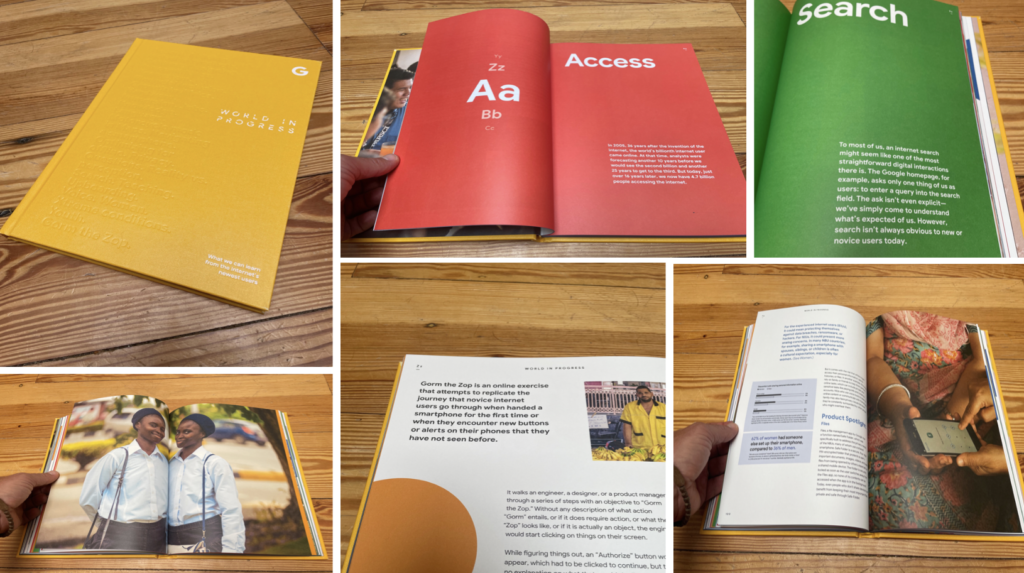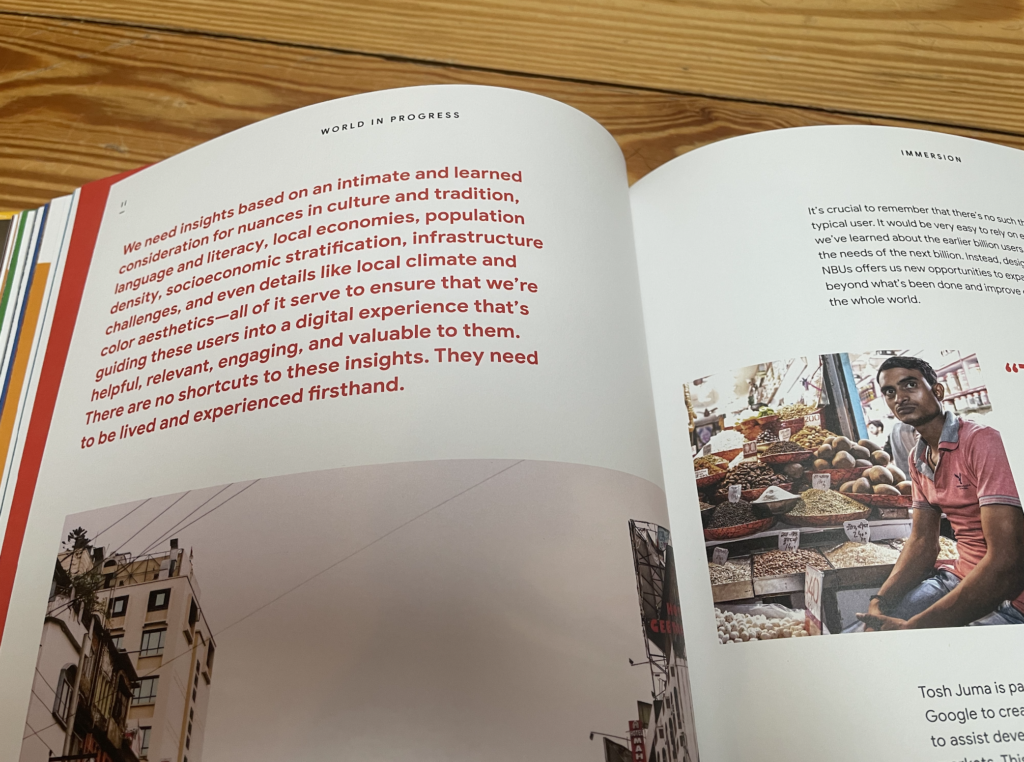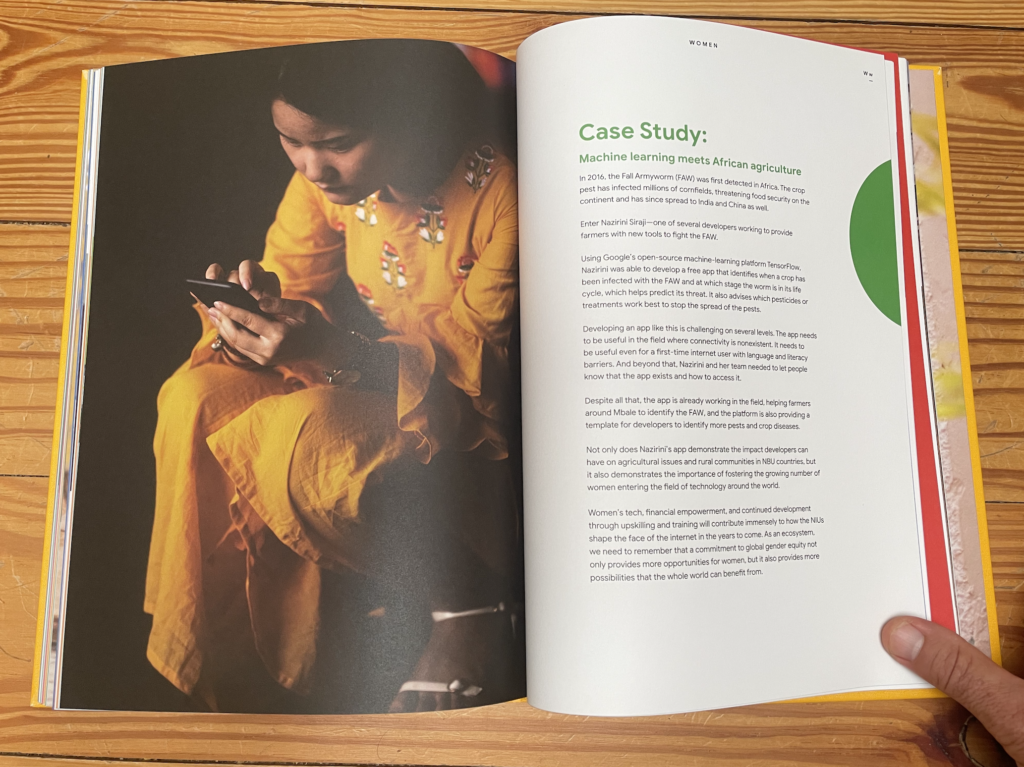Google / World in Progress
Posted July 02, 2022 / Google / World in Progress

In 2005, 36 years after the invention of the internet, the world’s billionth internet user came online. At the time, analysts were forecasting another 10 years before the world would see another billion, and another 25 years before the third.
Today, in 2022, more than 4.7 billion people access the internet. Of those, well over half — 2.5 billion users — can be categorized as “Novice Internet Users” (NIUs). Typically mobile-only or mobile-first — most using low-cost, minimally capable feature phones to access the internet, NIUs are low in digital literacy and confidence, and don’t yet fully appreciate the value of internet access to enrich their lives.

Designing an internet for these users presents myriad challenges. But doing so will determine what the internet will look like for all internet users, all over the world, 20 years in the future.
The World in Progress project from Google not only illuminates the current challenges we faced when creating an accessible and inclusive internet for every human on the planet, it also demonstrates the progress that’s already been made with the help of fully immersive research and design.

I’ve always had a special spot in my heart for projects that call for rolling up your sleeves and getting filthy in the details. I don’t always enjoy the process at the time, but when all is said and done, and I’ve actually learned something valuable and new — those are the projects I’m always most proud of. Aggregating and shaping the content of this book helped me appreciate the transformative nature of the internet in an entirely new way. And it came out looking super pretty, too!
Thanks to friends at Arts & Letters and their partners at Google for allowing me to take part. If you’d care to read the book in its entirety, you can find all 163 pages of World in Progress here.





